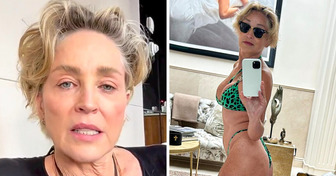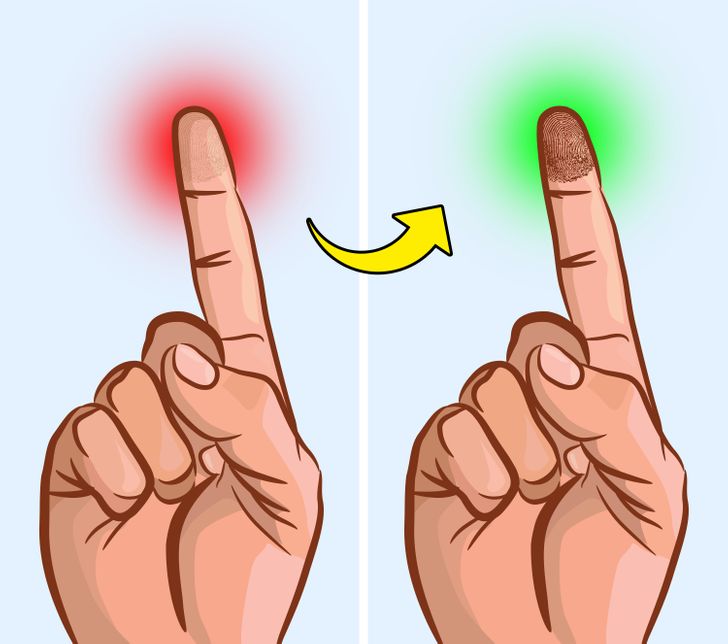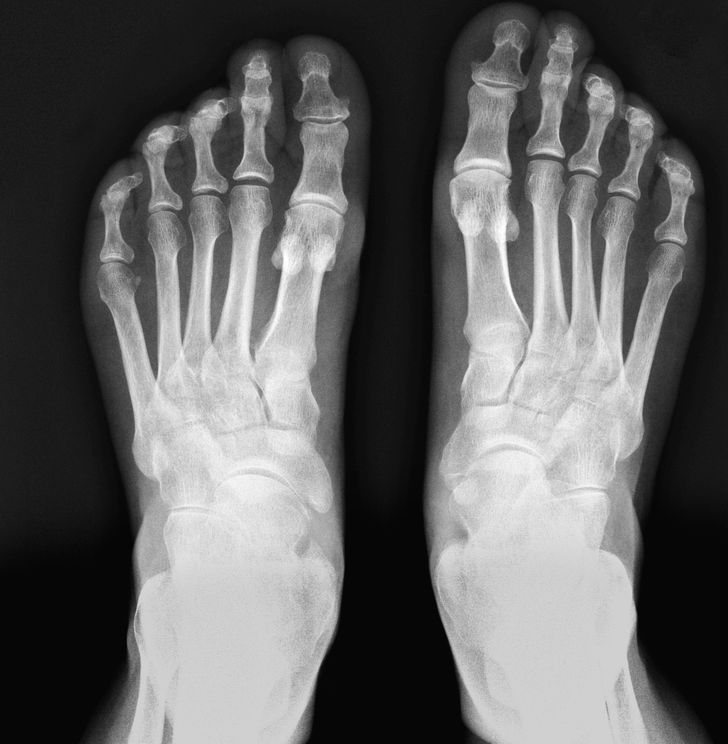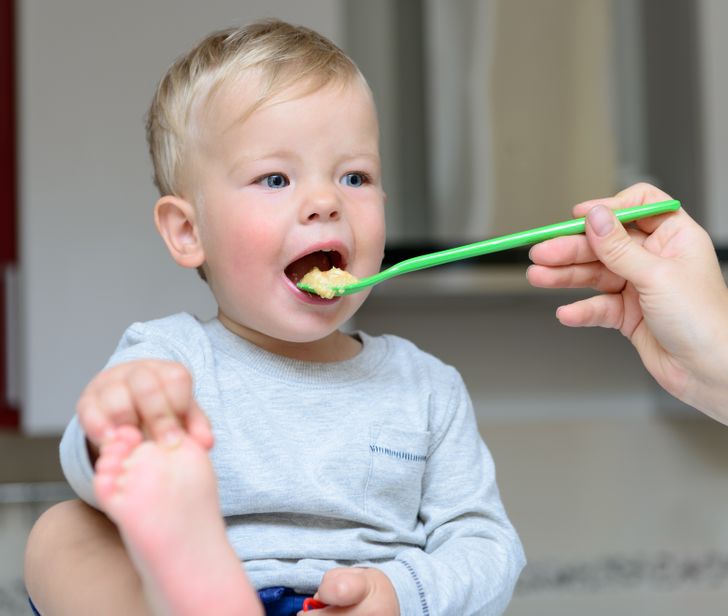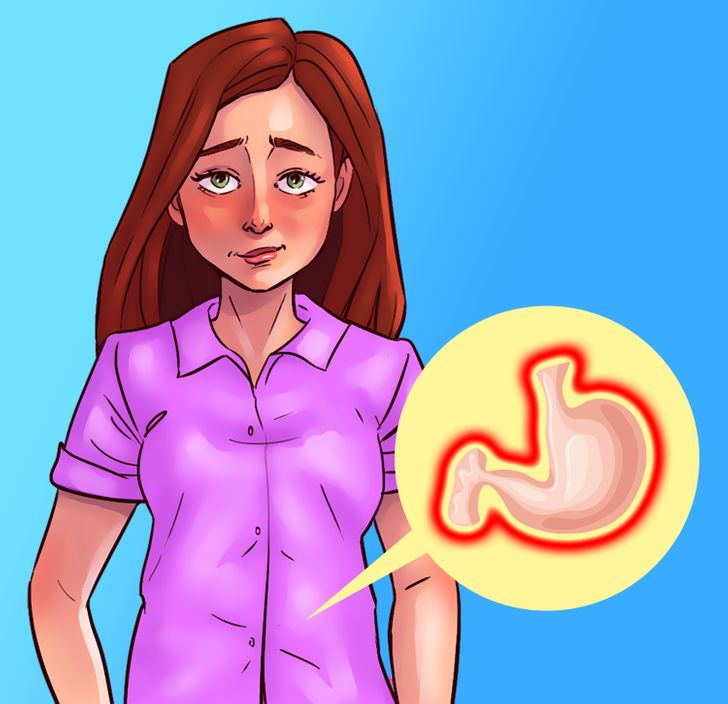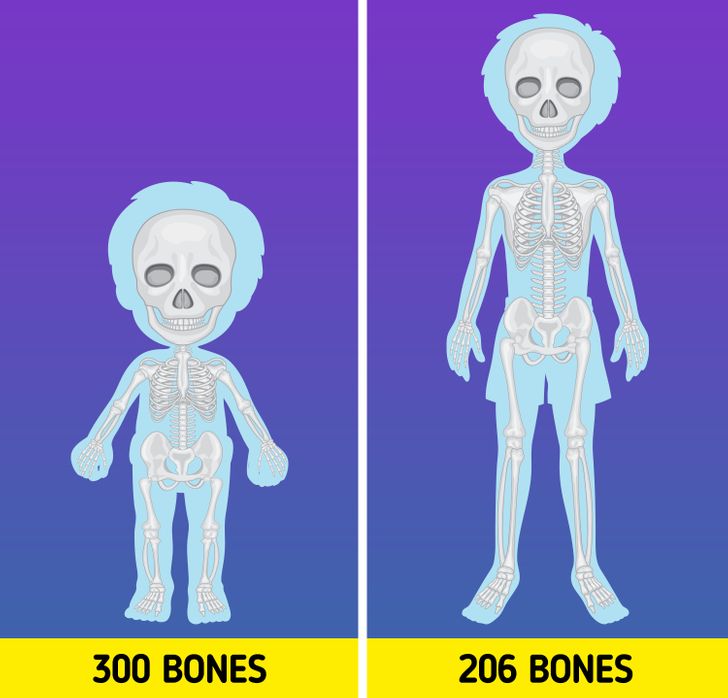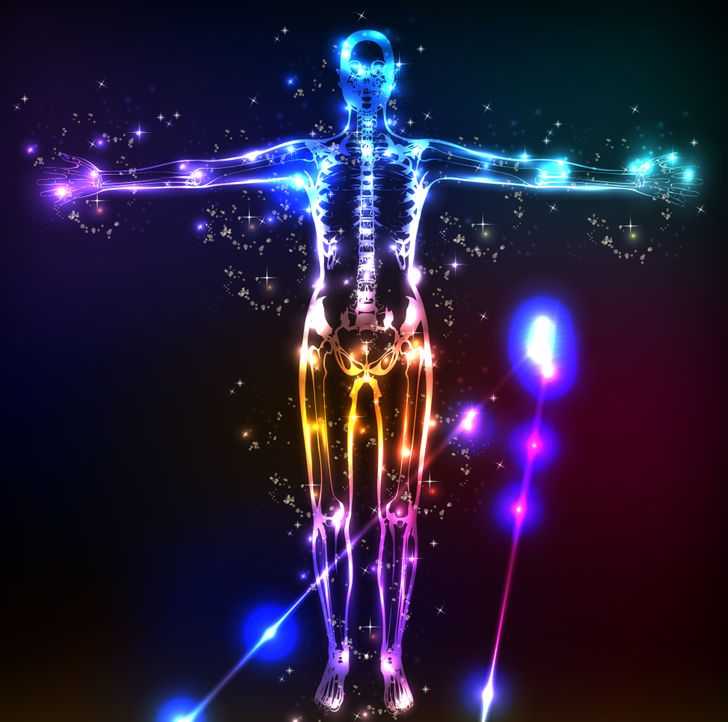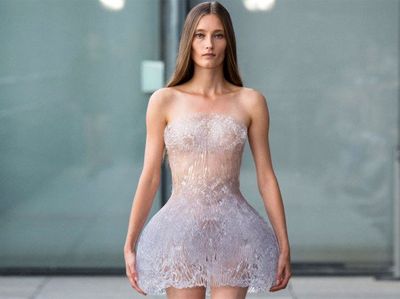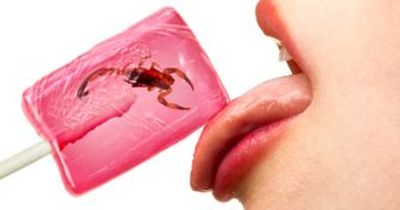omg I wouldn't mind still having the third eye 🤩
A Vanished Third Eye and 13 More Secrets About Our Bodies That Prove Humans Are a Box Full of Surprises
There’s nothing more amazing than the human body, and we can prove it. We are actually made of stars, we have our own glow — or bioluminescence, and we even had an incredible third eye. Even the best sci-movies couldn’t make creatures as magical as we are.
Today Bright Side wants to present you with some incredible human features that most of us don’t know about, and that will make your jaws drop.
1. Humans had a third eye in the past.
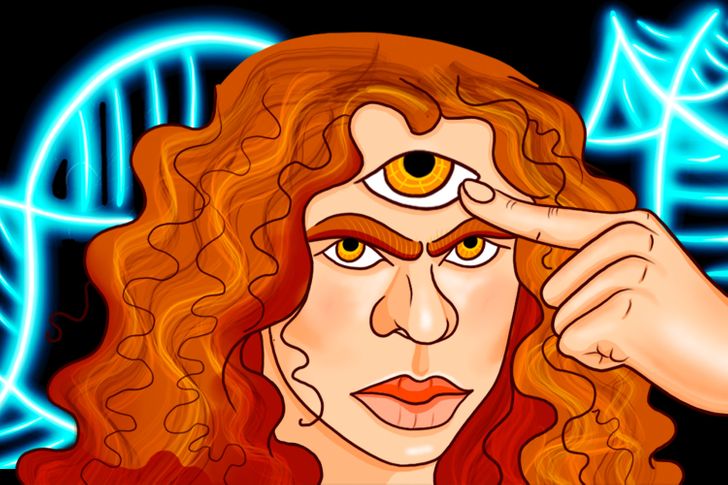
A pioneering study revealed that our pre-mammalian ancestors actually had a third eye, or as science calls it, a pineal eye. It was used for thermoregulation and its loss helped us transition from a “cold blooded” to a “warm blooded” species.
2. Our nose gets hotter when we lie.
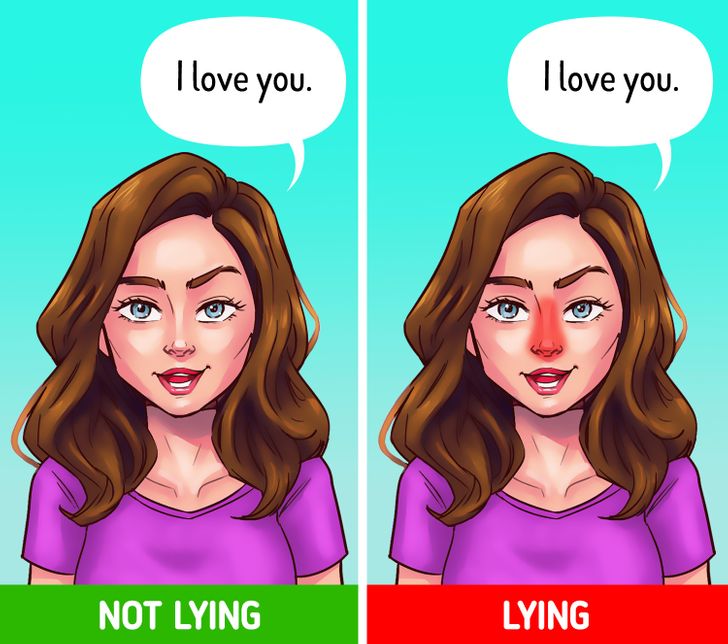
The Pinocchio effect is real, but instead of growing, our nose gets hotter when we lie. Every time a mental effort is made, a part of our brain called the insula is activated, changing the temperature around our nose and in the inner corners of our eyes.
3. We have a natural glow.
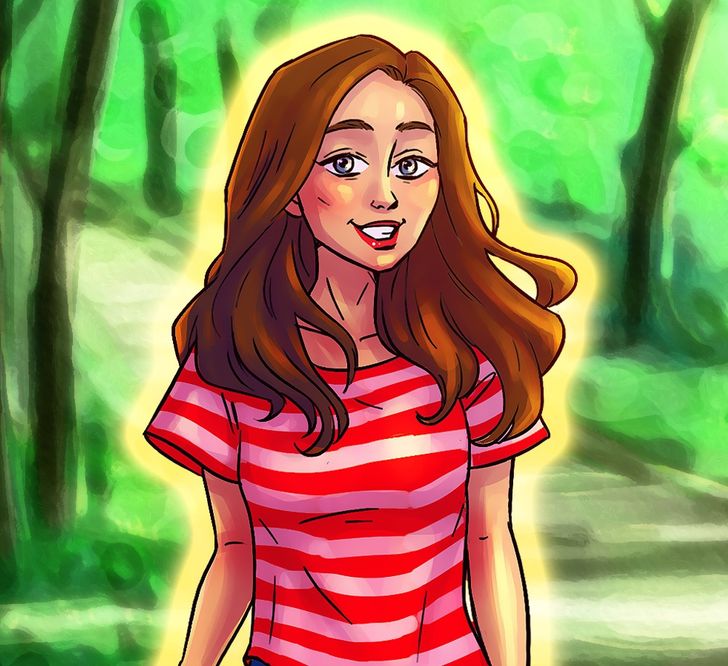
We can’t see it, but humans have their own bioluminescence. Researchers found that the human body glows during the day, with the forehead, neck, and cheek areas being the brightest. This happens because the cells’ respiration results in free radicals that, combined with free-floating lipids and proteins in the air, create a photon — or in other words, a glimmer.
4. Some people are born with tails.
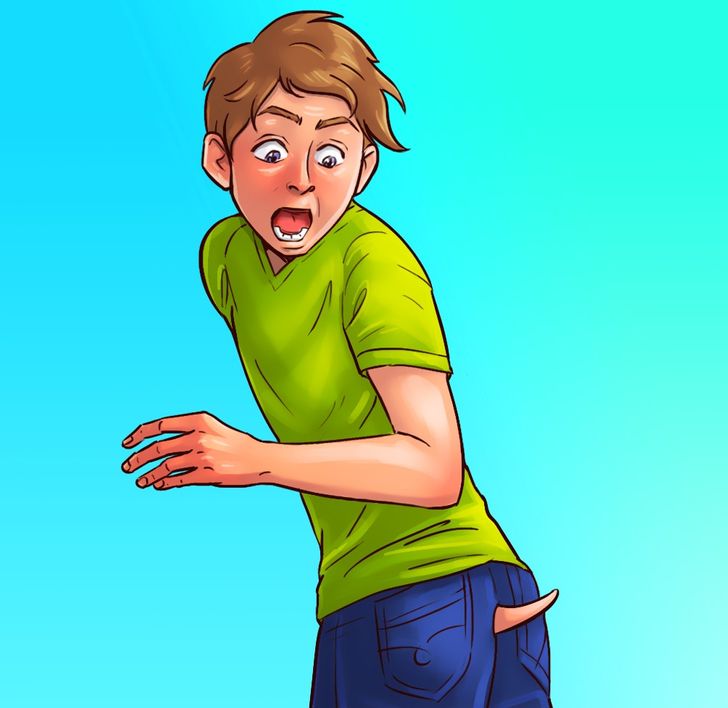
Although it’s rare, some people can be born with a tail. It’s a consequence of a spinal dysraphism and, different from our dog friends, we can’t move it. It’s often surgically removed when the person is still a child.
5. Fingernails grow differently from one hand to another.
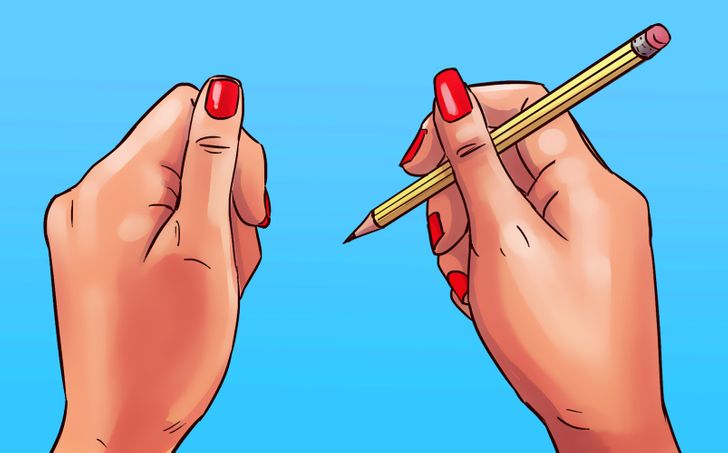
Because you use your dominant hand more, that means that the fingernails on that hand grow faster than the other underused hand. The brain sends more blood and nutrients to your dominant hand, which can speed up nail growth.
6. Fingerprints can be regenerated.
If you harm your fingers or work with rough materials every day, it’s likely that your fingerprints could disappear. But don’t worry: they have the power to regenerate themselves pretty quickly.
7. We can have blue birthmarks.
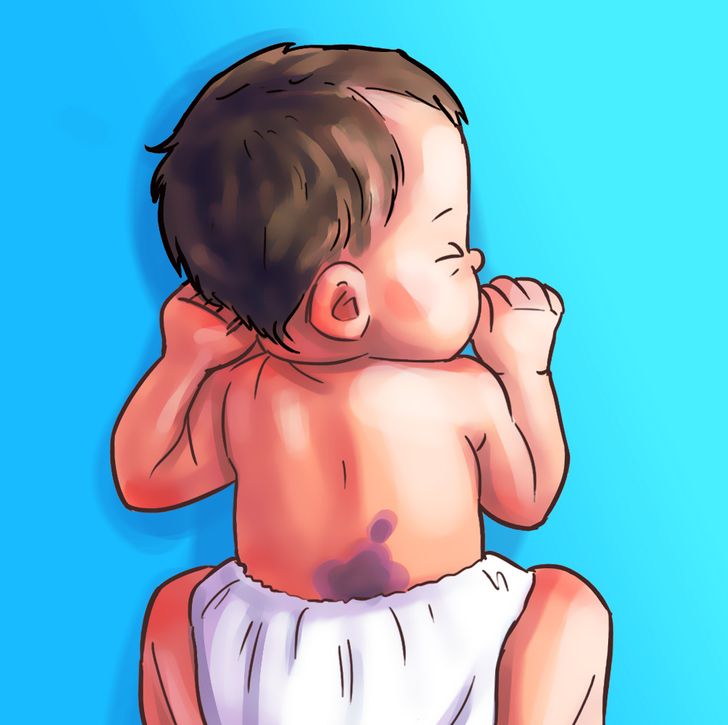
Birthmarks can have 9 different colors, including blue. They are called Mongolian spots and are usually seen on the lower backs of children, disappearing when they reach the age of 3 or 4.
8. Humans used to have a nictating membrane.
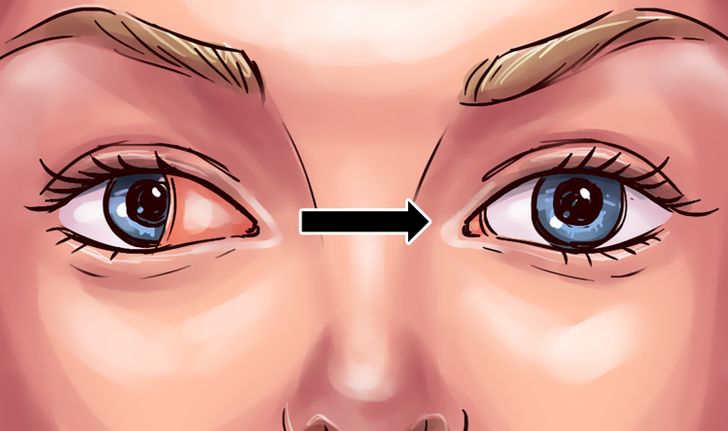
A nictating membrane is a transparent third eyelid that is often found in fish, amphibians, reptiles, birds, and mammals and it was once a part of our ancestors’ bodies. It has now evolved into the pink tissue on the side of our eyes, called plica semilunaris.
9. Hair may grow faster when traveling by plane.
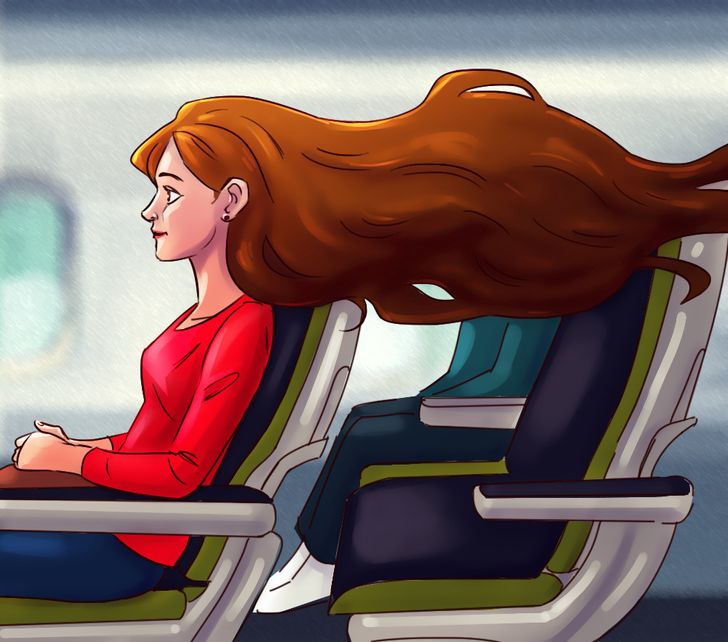
The high atmospheric pressure found when we’re traveling on a plane or when we’re diving underwater can make your hair grow faster. In fact, researchers are now considering the use of atmospheric plasma for curing baldness and alopecia areata in the future.
10. 25% of an adult’s bones are in their feet.
A small part of our body, but with big importance, our feet contain 26 bones each and more than 100 muscles, tendons, and ligaments. Even the tiniest bone on your foot is responsible for providing you with strength, stability, and balance.
11. Babies can breathe and swallow at the same time.
As adults, if we swallow and breathe at the same time, chances are we will choke. But for babies up to 3 months old, that doesn’t happen. The infant larynx sits up high in the nasal cavity and as they get older, it drops lower into the throat.
12. Our stomach also turns red when we blush.
When we blush, adrenaline is released into our bodies, increasing our blood pressure. Since our stomach has a vast capillary network, the redness from the high amount of blood can be visible not only on our cheeks but also in our stomachs as well.
13. Babies have more bones than adults.
Babies are born with 300 bones, while adults have 206. Infants have more cartilage and “soft spaces” throughout their bodies, which as we grow will be transformed into bones. These spaces allow the bones to fuse together, and that’s why we lose 94 of them in adulthood.
14. We are made of billions of years old stardust.
Supernovas are responsible for creating planets, but also for creating nearly all the elements found in the human body, like Oxygen, Carbon, and Hydrogen. So the next time you call yourself a star, that’s scientifically correct.
How many of these facts did you already know? And which fact surprised you the most?
Comments
wooooooooooooooooooooooooooooooooooooooooooooooooooooooooooooooooow
Related Reads
8 Cool Psychological Tricks to Read People’s Minds

10 Ways to Tell You’re Being Emotionally Manipulated and How to Avoid It

13 Non-Obvious Things That Can Influence the Outcome of Your Job Interview

15+ People Who Inherited Something Much Cooler Than a House by the Seaside
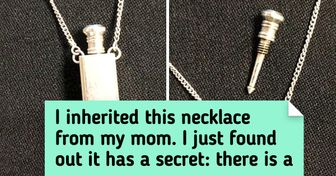
11 Little-Known Body Facts We Wish We Had Known Before
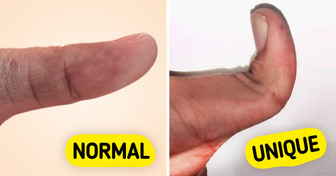
5+ Reasons Why Accepting Your Body Hair Can Upgrade Your Life
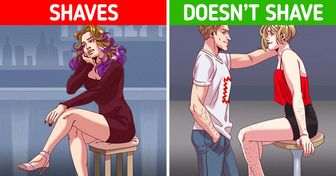
12 Facts That Prove the Saying, “Everything Was Way Better Back Then,” Doesn’t Make Sense Anymore
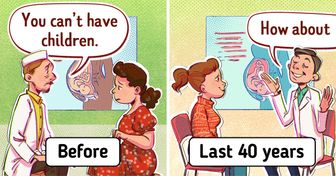
10 Signs That You Need to Leave Your Relationship ASAP

10 Examples of Double Standards Many People Still Go Along With
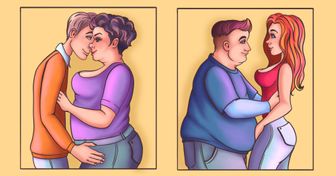
Zac Efron’s Appearance a Few Days Ago Leaves Fans Shocked and Worried

Miley Cyrus Causes a Stir by “Leaving Nothing to the Imagination” as She Wears an Extremely Revealing Dress

Sharon Stone, 65, Shares a Stunning Bikini Photo, But One Twist Completely Stole Her Thunder
